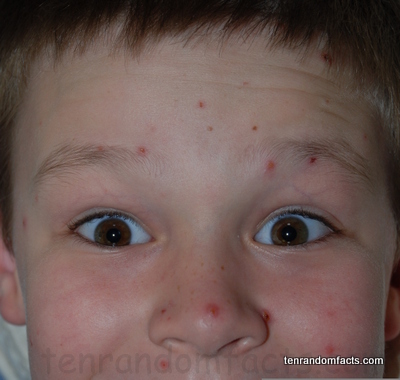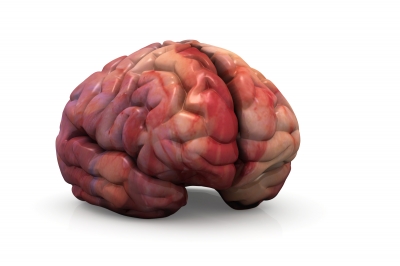
Ho, ho, ho, merry Christmas! Santa is a character of Christmas traditions.
- Santa is also commonly known as ‘Saint Nicholas’, ‘Father Christmas’ and ‘Santa Claus’ but has other names in other traditions.
- Santa is said to bring gifts to the good little children on Christmas Eve, December the 24th.
- Santa is also typically thought to be a joyful man with a white beard and wears a red coat, white cuffed red trousers, a black belt and boots.
- According to a tradition originating in the 1820’s, Santa lives at the North Pole with his elves, nine reindeer that fly, and Mrs Claus.
- Santa is thought to enter houses via chimneys, and stuff empty stockings or ‘Santa bags’ (an old pillowcase, or especially designed bag) with lots of presents.
- Santa is believed to create a list of ‘naughty and nice’ children, the ‘nice’ children receive special gifts and the ‘naughty’ children miss out or traditionally receive coal.
- Santa is a mythical person, though people still believe in him. People like to dress up as Santa to keep the tradition alive.
- Santa was probably created by the British and the Americans as a mix of Saint Nicholas, Sinterklaas and Father Christmas.
- It is common practise in many countries for children to write letters to ‘Santa’ to express their wishes about what they would like to receive from him for Christmas.
- Many post offices around the world accept letters written to ‘Santa’ and in 2006, France collected approximately 1,770,000, and the other top 4 countries followed: Canada (1,060,000), Finland (750,00) and the United Kingdom (750,000), and Germany with (500,000).

















